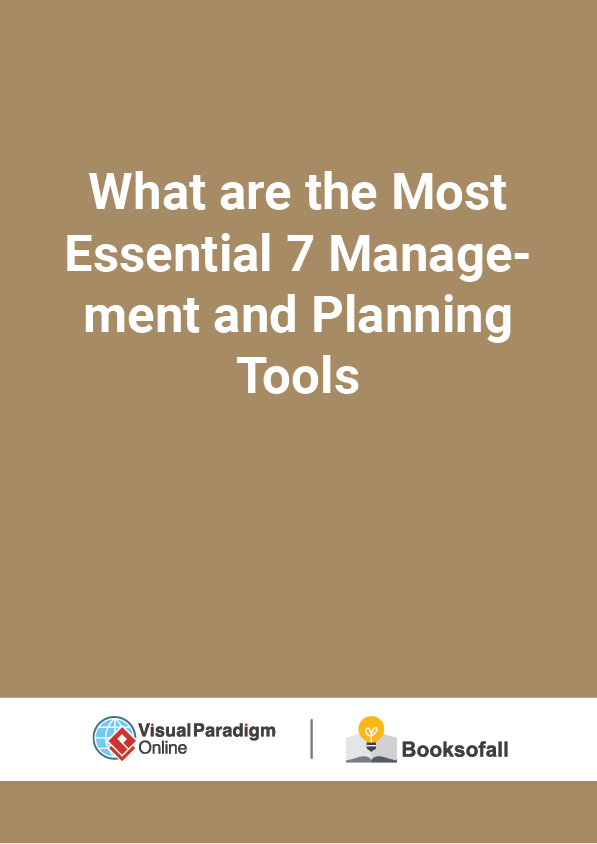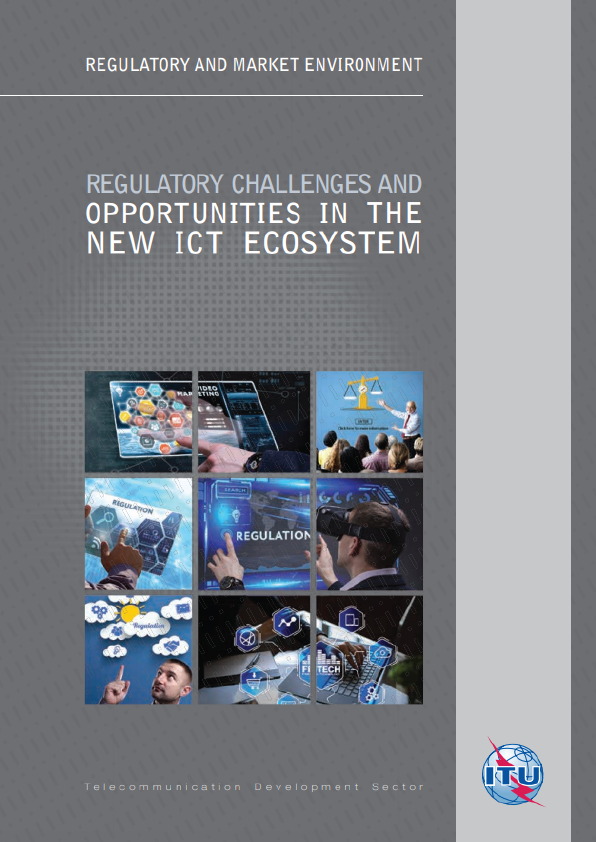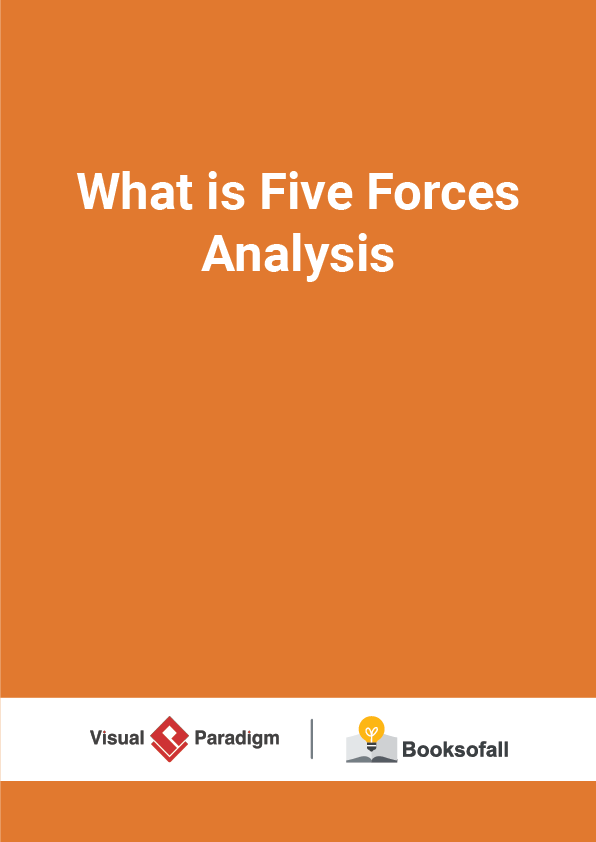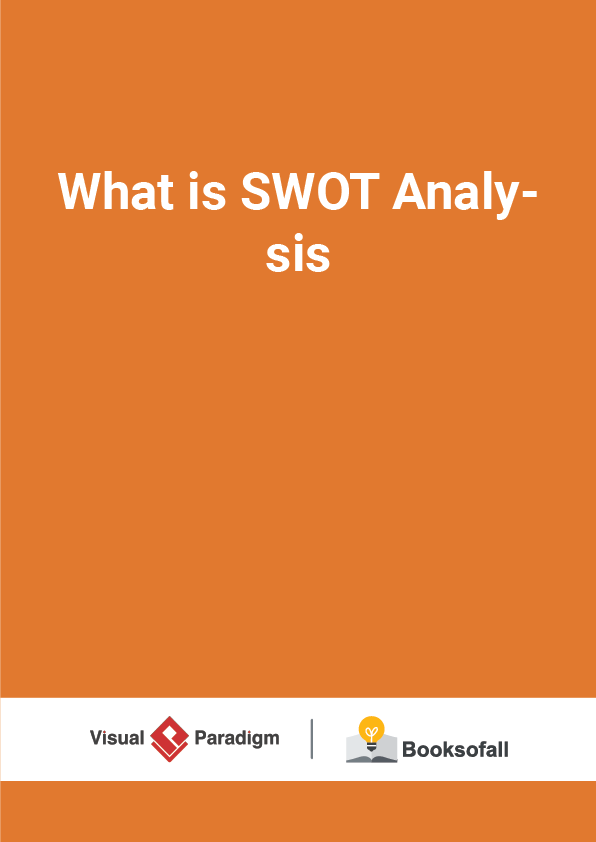What are the Most Essential 7 Management and Planning Tools?
8-10 minutes
The seven management and planning tools were the result of operations research and TQM in Japan after World War II in the 1970s. This toolset can be used to encourage innovation, facilitate communication, and help for planning in a team approach. These tools were developed independently for diverse purposes. However, they were assembled as a set of techniques for achieving efficiencies in the planning and management of operations.
These 7 Management and Planning tools are:
- Affinity diagram Organizes a large number of ideas into their natural relationships.
- Interrelationship diagram : Shows cause-and-effect relationships and helps analyze the natural links between different aspects of a complex situation.
- Tree diagram : Breaks down broad categories into finer and finer levels of detail, helping to move step-by-step thinking from generalities to specifics.
- L Shaped Matrix diagram : Shows the relationship between two, three, or four groups of information and can give information about the relationship, such as its strength, the roles played by various individuals, or measurements.
- Matrix data analysis : A complex mathematical technique for analyzing matrices, often replaced by a similar prioritization matrix. A prioritization matrix is an L-shaped matrix that uses pairwise comparisons of a list of options to a set of criteria to choose the best option(s).
- Arrow diagram : Shows the required order of tasks in a project or process, the best schedule for the entire project, and potential scheduling and resource problems and their solutions.
- Process decision tree : Systematically identifies what might go wrong in a plan under development.
The Most Essential 7 management and planning tools
What is an Affinity Diagram?
The affinity diagram organizes a large number of ideas into their natural relationships. It is used to generate, organize, and consolidate information related to a product, process, complex issue, or problem. After generating ideas, group them according to their affinity, or similarity. This idea creation method taps a team’s creativity and intuition. It was created in the 1960s by Japanese anthropologist Jiro Kawakita.
3 Steps for Creating an Affinity Diagram
To creating an affinity diagram, it involves: collect/organized and analyzed data into useful information. The affinity diagram is normally led by a facilitator to guide the team through the following steps:
- Capture : Record each idea with a marking pen on a separate sticky note or card
- Group : Look for ideas that seem to be related in some way and place them side by side
- Label : labeling each group of cards into categories and eliminate duplicate ideas.











